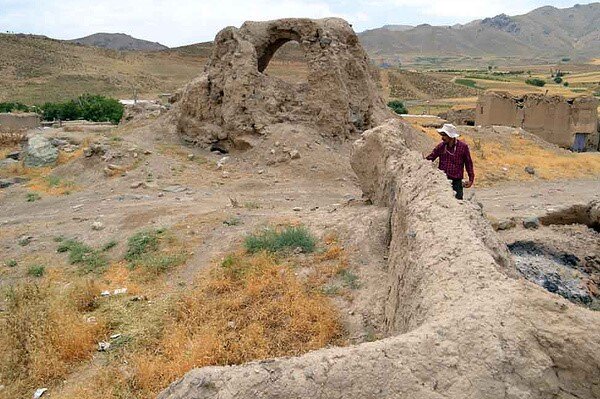Relics dating from Copper and Stone ages discovered in western Iran

TEHRAN–Archaeologists in western Iran have recently unearthed relics estimated to date from the Stone Age and Copper Age.
Archaeologists discovered simple and engraved relics inside trenches they had dug as a process to determine boundaries for an archaeological site in Asavleh village, which is situated in Sanandaj county of Kordestan province, CHTN reported on Tuesday.
Some 20 trenches were carved around the archaeological site which also yielded remnants of stone walls, simple and glazed potteries that date back to the (early) Islamic era, as well as some prehistorical relics, the report said.
The Chalcolithic or Copper Age is the transitional period between the Neolithic and the Bronze Age. It is taken to begin around the mid-5th millennium BC and ends with the beginning of the Bronze Age proper, in the late 4th to 3rd millennium BC, depending on the region.
The Stone Age was a broad prehistoric period during which stone was widely used to make tools with an edge, a point, or a percussion surface. The period lasted for roughly 3.4 million years, and ended between 4,000 BC and 2,000 BC, with the advent of metalworking. Though some simple metalworking of malleable metals, particularly the use of gold and copper for purposes of ornamentation, was known in the Stone Age, it is the melting and smelting of copper that marks the end of the Stone Age. In Western Asia, this occurred by about 3,000 BC, when bronze became widespread.
According to available data, the first well-documented evidence of human habitation in the Iranian plateau was found from several excavated cave and rock-shelter sites, located mainly in the Zagros Mountains of western Iran and dated to Middle Paleolithic or Mousterian times (c. 100,000 BC).
From the Caspian in the northwest to Baluchestan in the southeast, the Iranian plateau extends for close to 2,000 km. The land encompasses the greater part of Iran, Afghanistan, and Pakistan west of the Indus River, containing some 3,700,000 square kilometers. Despite being called a “plateau”, it is far from flat but contains several mountain ranges, the highest peak being Damavand in the Alborz mountain range at 5610 m, and the Dasht-e Loot east of Kerman in Central Iran, falling below 300 m.
AM
Leave a Comment